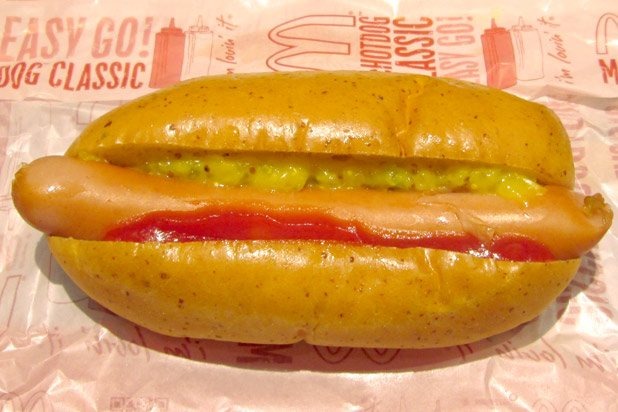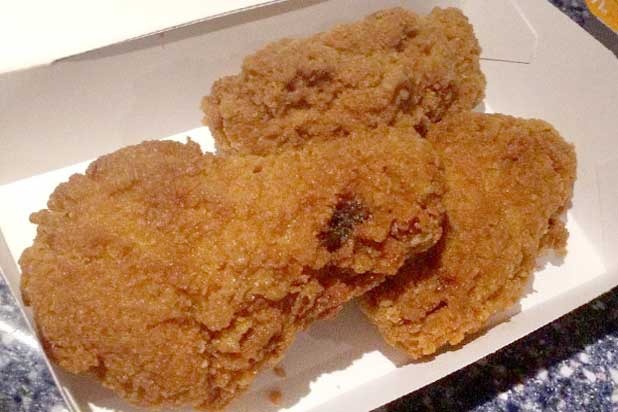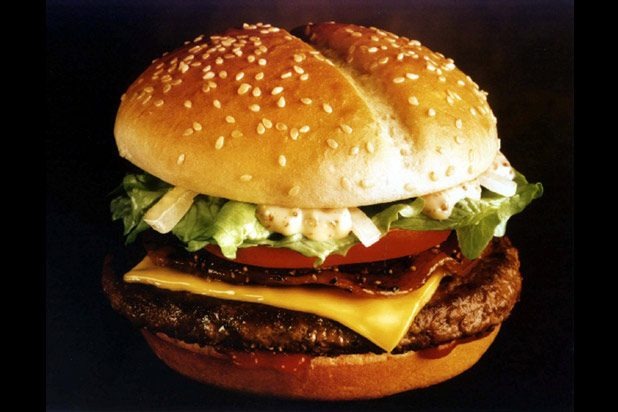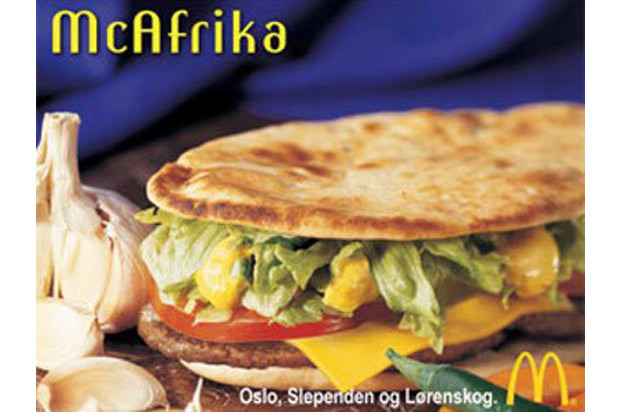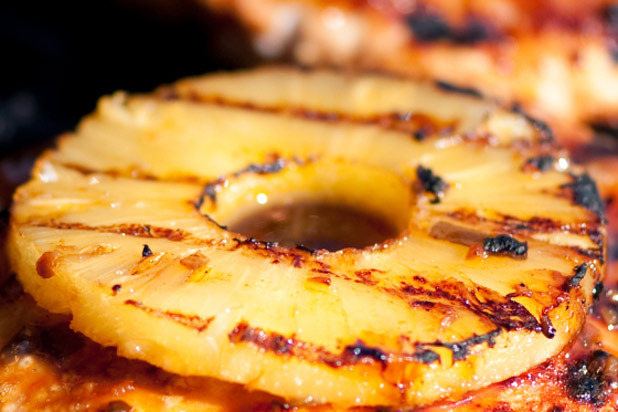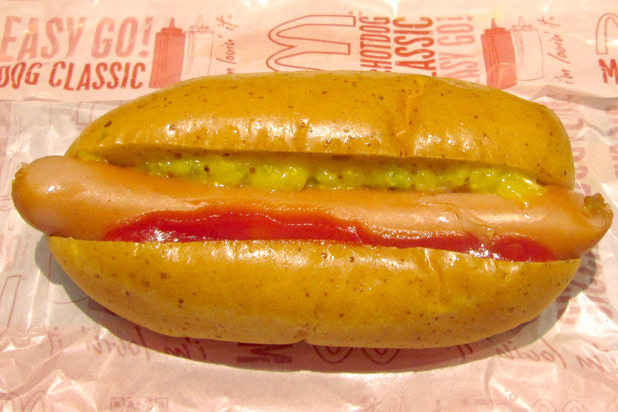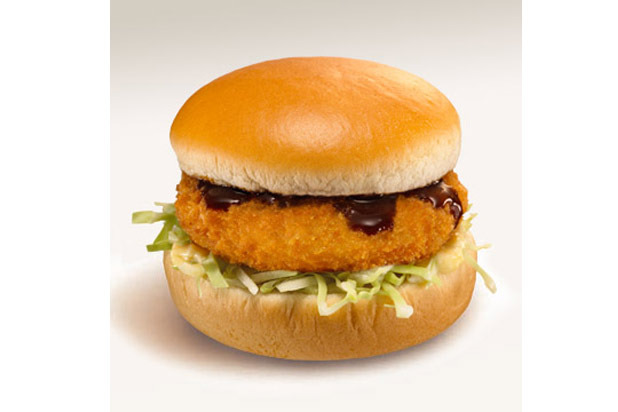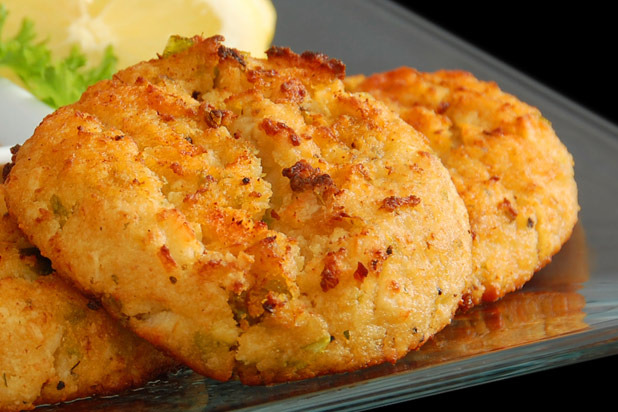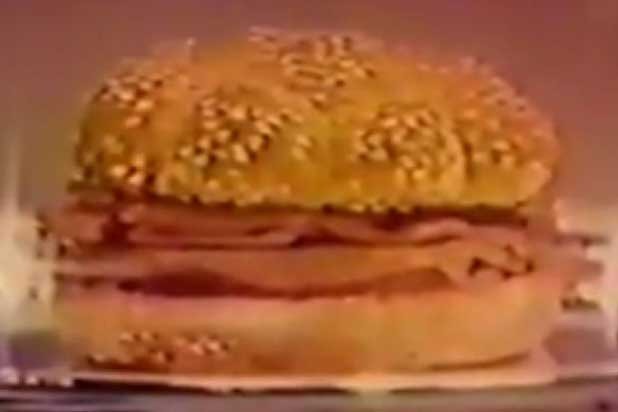McDonald's Biggest Menu Flops
McDonald's is the largest burger chain in America, and also the one under the most scrutiny. When they roll out a new menu item nationally, it's usually met with a huge amount of fanfare as well as a major push to make sure that as many folks as possible are aware of it. So when an item fails, it fails spectacularly and embarrassingly.
"Super Size"
In the Mid-1990s, McDonald's launched a campaign allowing customers to "Super-Size" their meal for an added fee. For a while, the idea sold, and customers around the world were bulking up their orders, as well as calorie counts. After the release of the documentary Super-Size Me, which exposed the dangers of McDonald's and fast food in general, the concept of super-sizing a meal went rapidly downhill, resulting in the company pulling it from menus in 2004.
McLobster
One of the seasonal menu items that popped up on McDonald's menus in eastern Canada from time to time (including last year) was the McLobster. The company produced this lobster roll in a hot dog bun during the summertime, when lobster prices were relatively cheap. But "cheap" (for lobster) didn't match up with the McDonald's clientele. The sandwich clocked in at $6.50, customers veered away from the expensive special, and it isn't likely to return.
Mighty Wings
McDonald's finally rolled out chicken wings nationally after years of trial and error in September 2013, at the price of about a dollar per wing. They were spicy, crunchy, and generally well-reviewed. The chain bought 50 million pounds of wings with plans to leave them on the menu until supplies ran out, and were hoping to make them a permanent addition after that, but things didn't go exactly as planned. Sales quickly petered out, and McDonald's was left with 10 million pounds of unsold wings. The failure was attributed to price, spiciness, unattractive appearance, and lack of interest from penny-pinching customers. Many franchises resorted to selling them off at clearance prices of 60 cents per wing, and some are still struggling to get rid of their excess inventory.
Arch Deluxe
McDonald's spent more money on the advertising campaign for the Arch Deluxe in 1996 than it had on any other single item in its history. Costing the company more than $150 million to market, the Arch Deluxe – a quarter-pounder on a split-top potato bun — flopped, making the sandwich a very expensive mistake. The burger was geared toward adults, with add-ons like circular peppered bacon, leaf lettuce, Spanish onions, and a mustard-mayo sauce, and the unconventional ads included kids looking at the burger and saying things like "I don't understand what the big deal is." When that approach didn't work, new TV ads featured Ronald McDonald out partying and playing pool, a certain shift from the restaurant's family-friendly image.
McAfrika
Over the years, McDonald's has released international products in different locations across the world, some to great success. However, in 2002, they released one of the worst menu items and marketing flops in the company's history. The sandwich, the McAfrika (consisting of beef and vegetables in a pita), was released in Norway during some of the worst famines Southern Africa had ever seen. The campaign backfired so miserably that McDonald's took the item off its menus and set up donation boxes for charities in support of famine relief in Africa.
The Hula Burger
The Hula Burger was actually the brainchild of McDonald's owner Ray Kroc back in the 1960s. He believed that this meatless burger, consisting of grilled pineapple with cheese on a bun, would be a perfect option for Catholics who abstain from eating meat during Lent. While the Filet-O-Fish, another Lent-inspired option, still remains popular to this day, the Hula Burger did not enjoy such long-term success.
McPizza
In the 1980s, McDonald's felt it was imperative to compete with other fast-food chains like Domino's and Pizza Hut, and it decided to launch the McPizza as well as other items like lasagna and spaghetti. Although McDonald's executives believed this would make the menu more attractive to those looking for traditional dinner items, the McPizza was unpopular with patrons looking for fast in-and-out service, and it (and the other Italian dishes) quickly left the scene.
McLean Deluxe
In 1991, McDonald's tried to go the healthy route, crafting a burger dubbed the McLean Deluxe, intended to show critics that the fast-food giant could offer low-fat options. The advertising campaign bragged about a new kind of burger that was 91 percent fat-free with 10 grams of fat, compared to the Big Mac's 26 grams of fat. The burger actually contained seaweed that was meant to bind the meat together as a way of lowering the fat content. Needless to say, the burger was not a hit with customers and critics dubbed it the "McFlopper."
McHotDog
The McHotDog never caught on in terms of branding with the loyal McDonald's client base, although many agreed it was a tasty product. The real problem was that in the eyes of seasoned patrons, the pallid McHotDog didn't match up with the rest of the tried-and-true menu items. In the mid-1990s the dog made a reappearence on seasonal menus in the Midwest, and the McHotDog has appeared from time to time in Japan and other countries.
McGratin Croquette
While the U.S. market never had the pleasure of experiencing a McGratin Croquette, a patty made of deep-fried macaroni, potato, and shrimp, customers in Japan certainly did. It didn't last long on Japanese menus, and critics believed it was a combination of odd flavor and poor marketing that led to its ultimate demise.
McCrab
The McCrab was created for the Delaware, Maryland, and Virginia markets. The item was meant to resemble a classic Chesapeake crabcake but was lacking in the fresh ingredient department, and quickly went the way of the Dodo.
Roast Beef Sandwich
McDonald's spent years trying to figure out a way to compete with Arby's, and in 1968 they released a roast beef sandwich on a roll, with a packet of barbecue sauce on the side, and while it sold well, the menu item required equipping every location with a meat slicer, an expense that would prevent the sandwich from ever turning a profit. Executives discontinued the sandwich as soon as they realized this, and roast beef has never returned to the menu.
